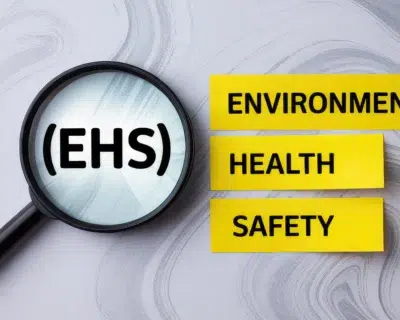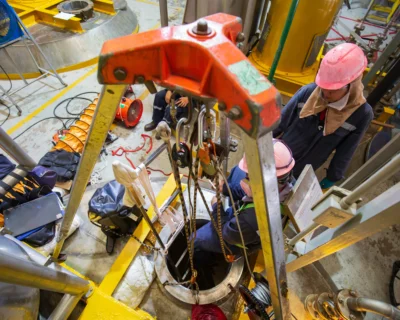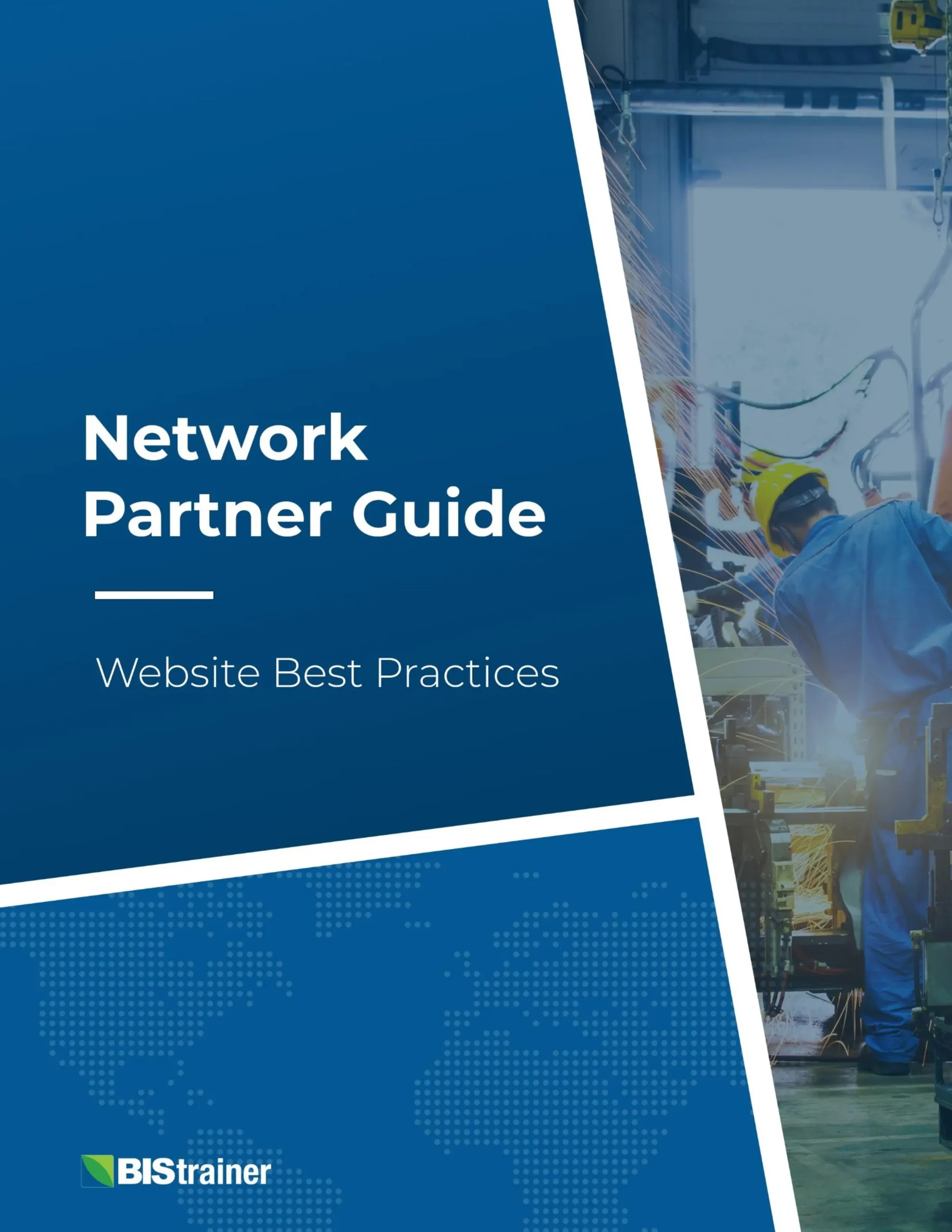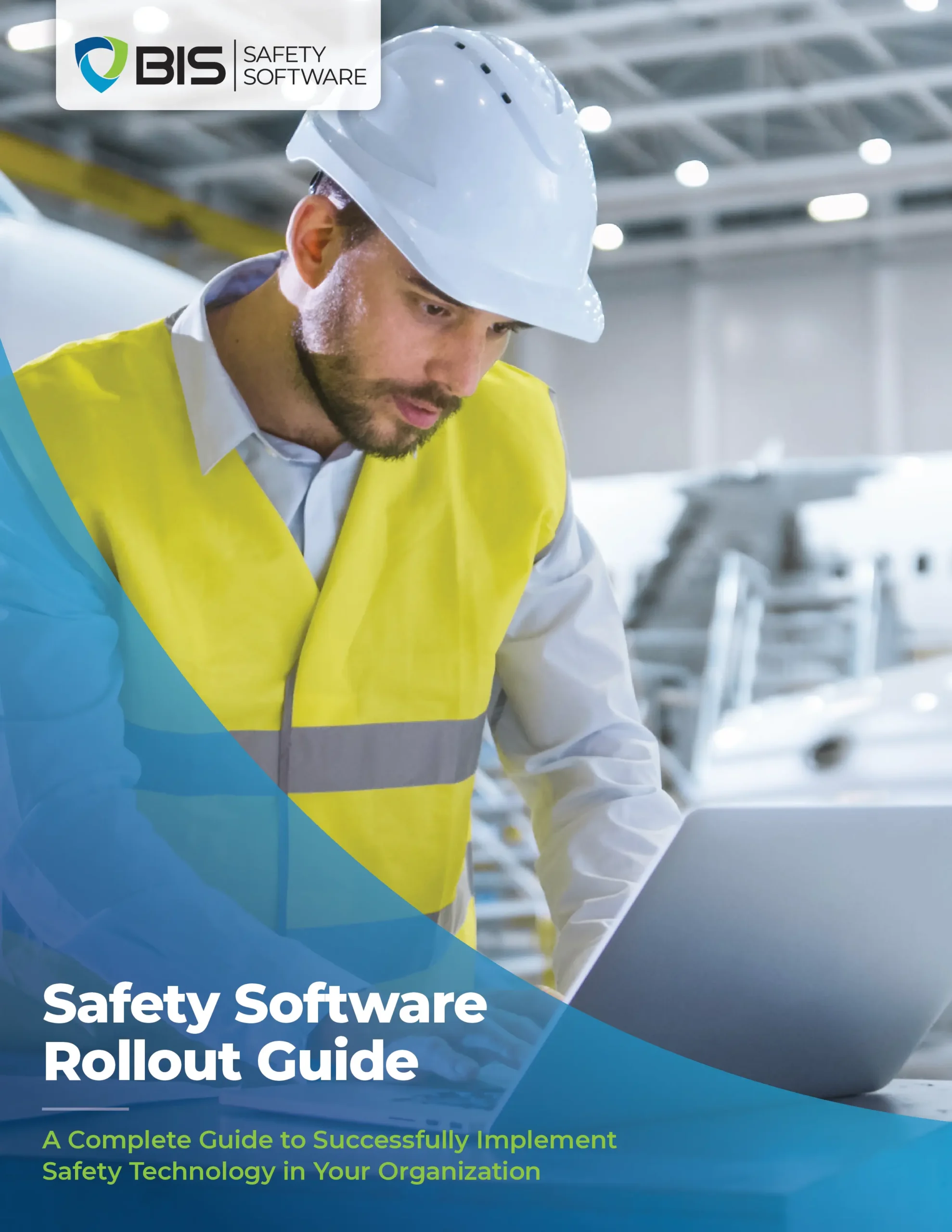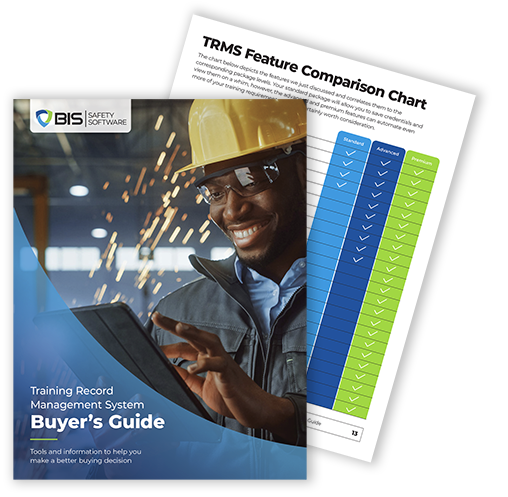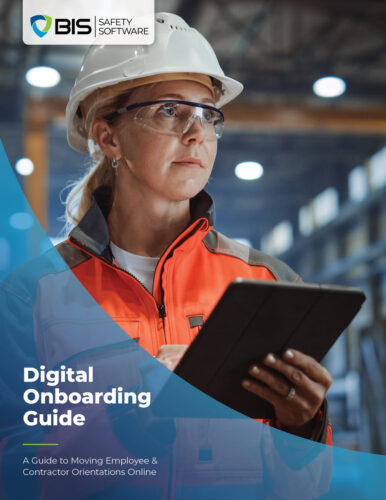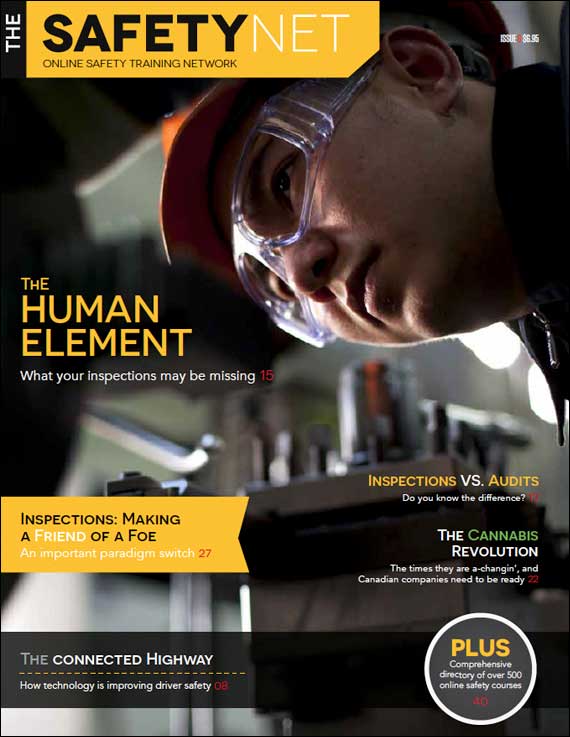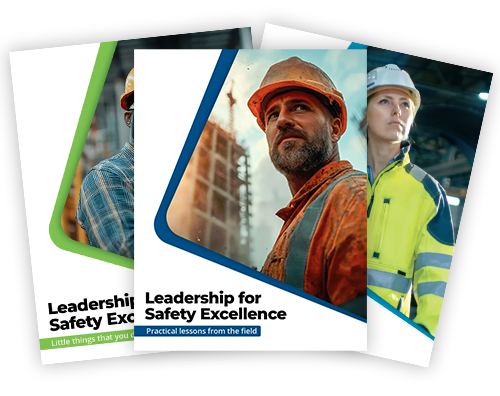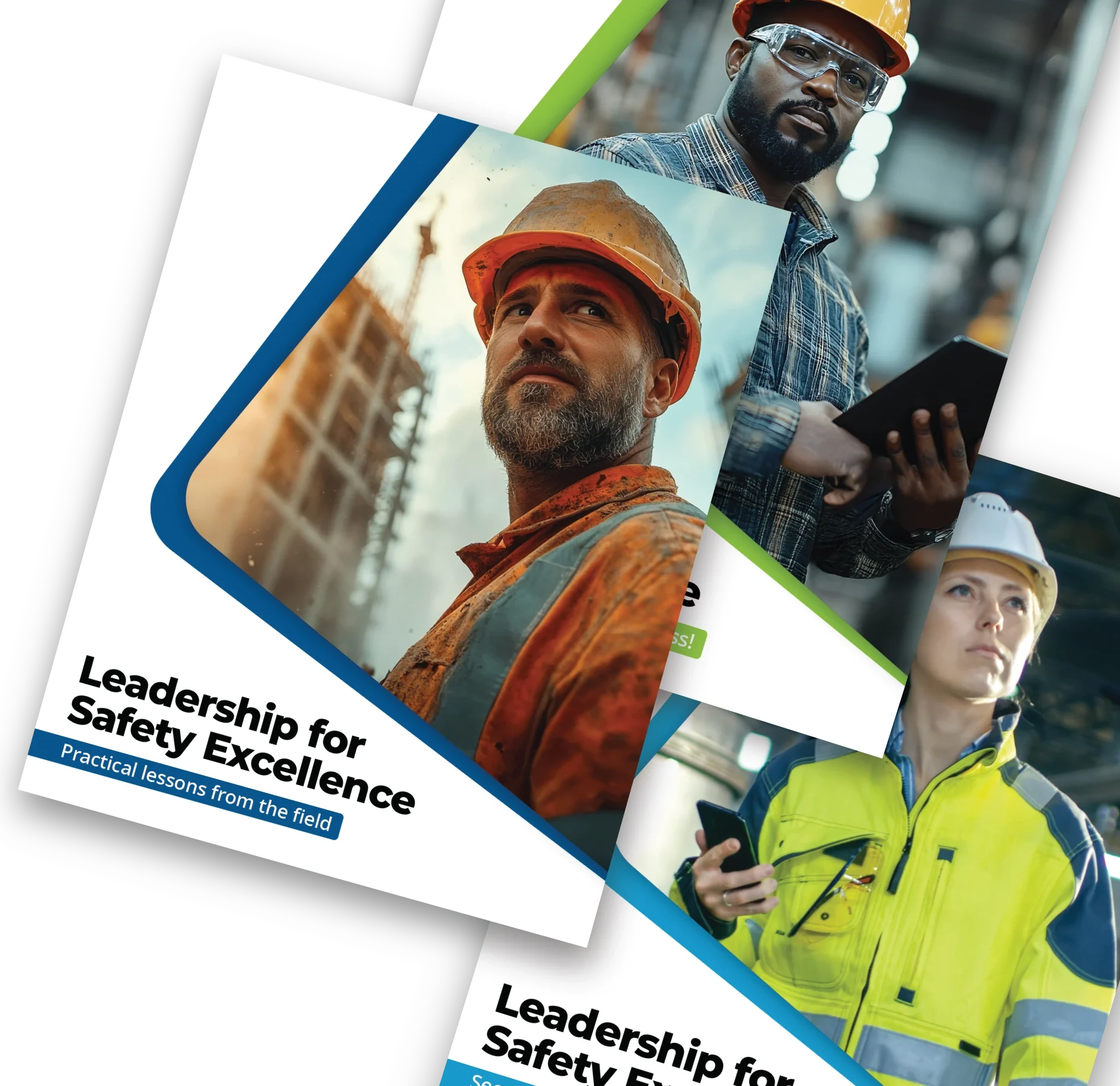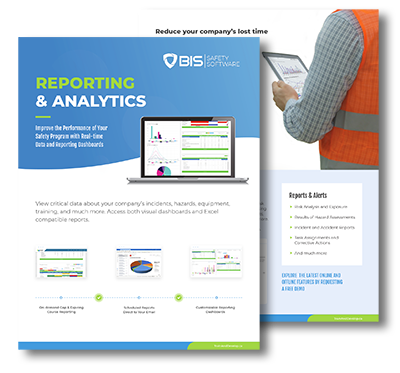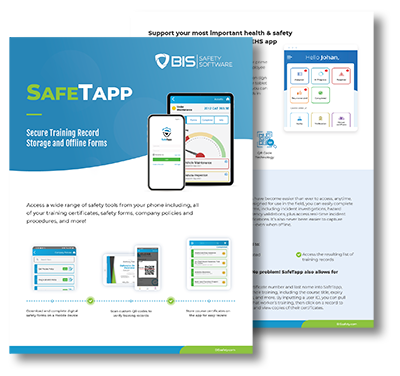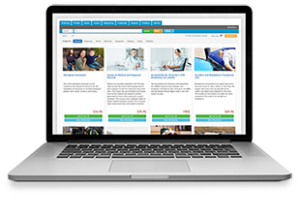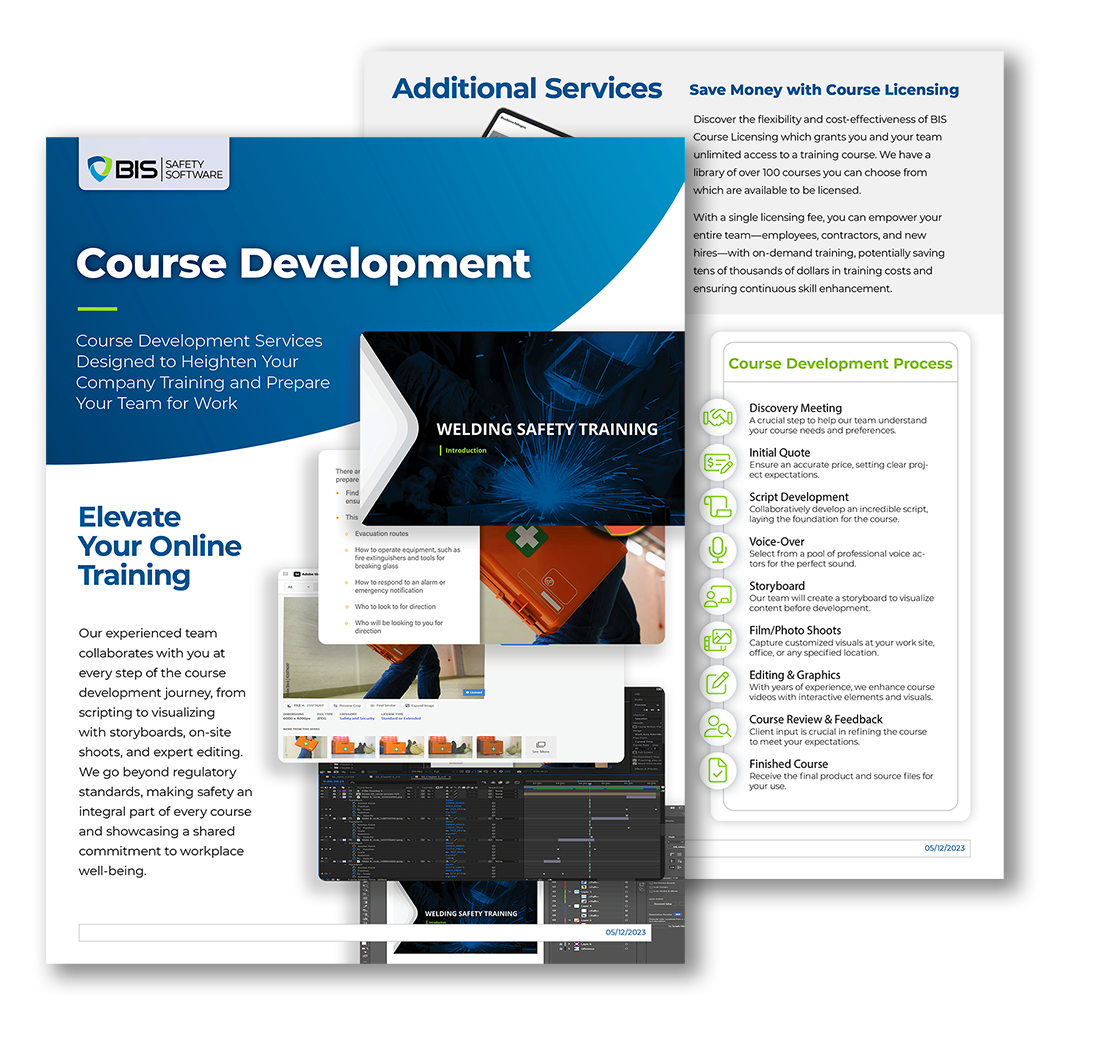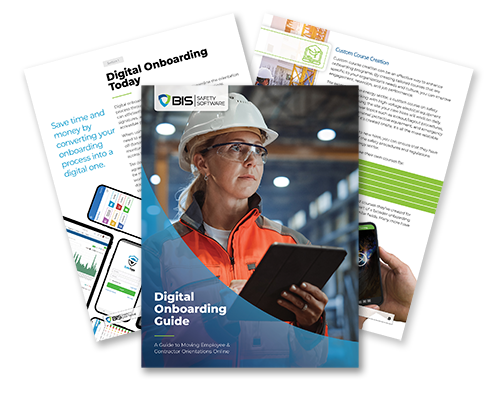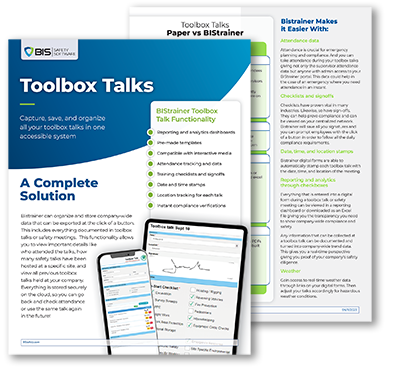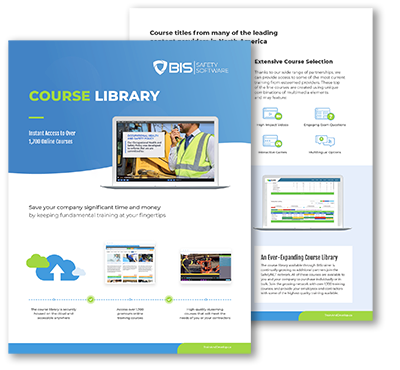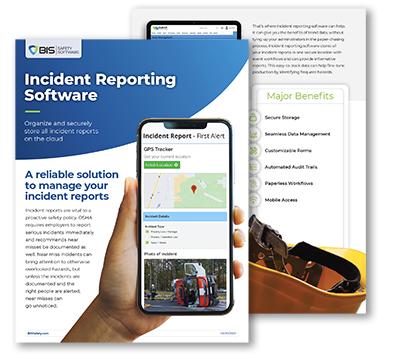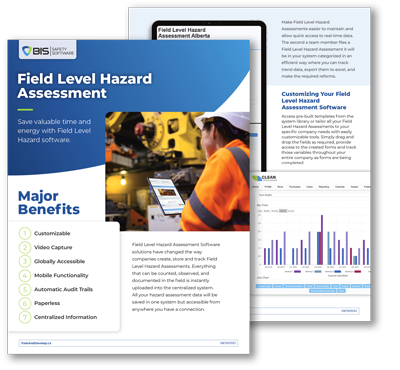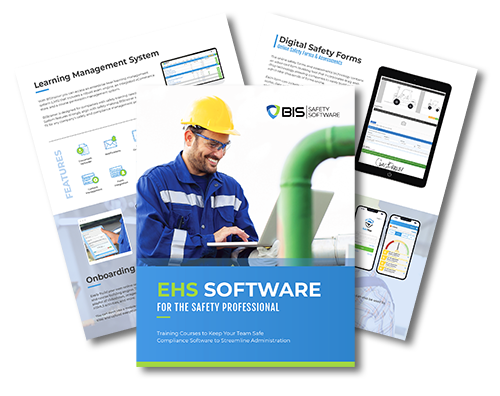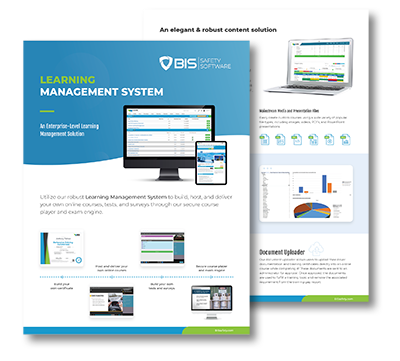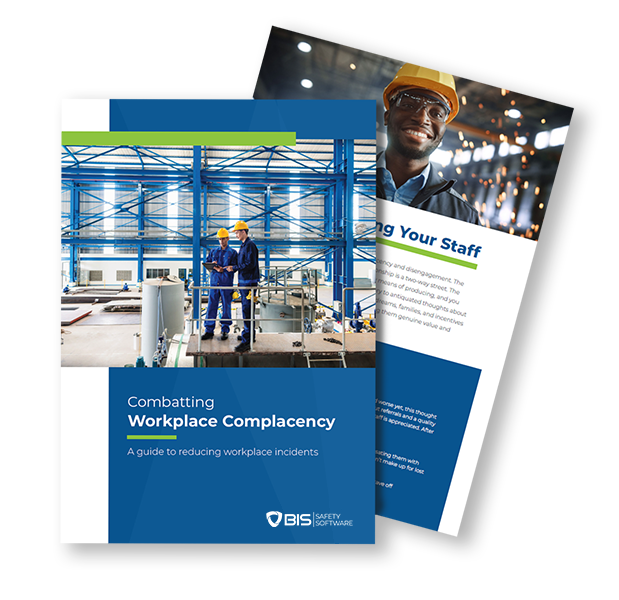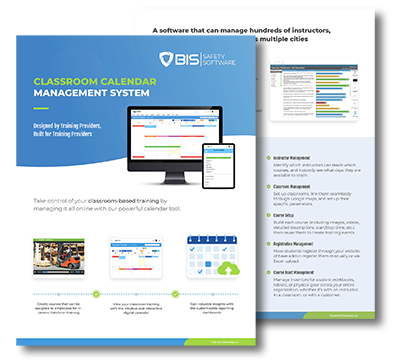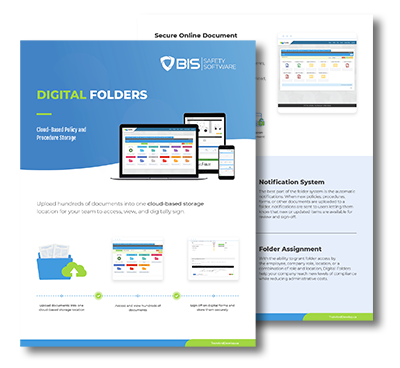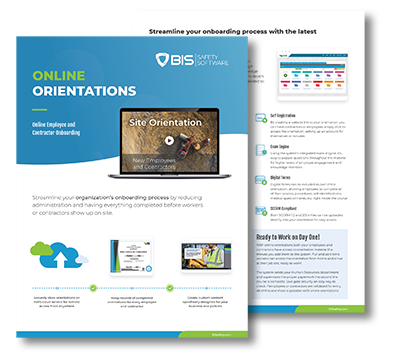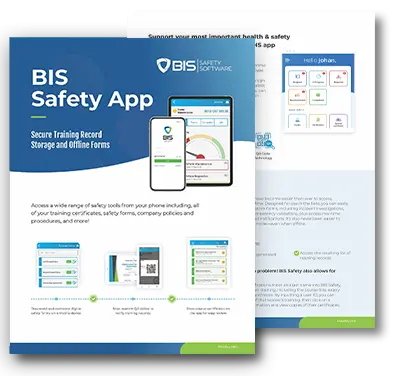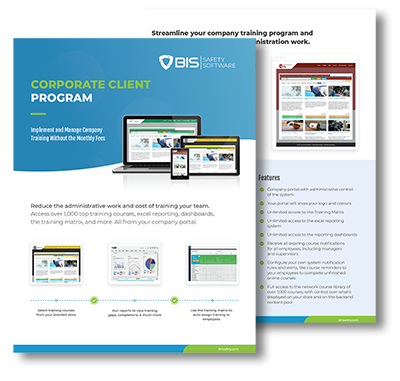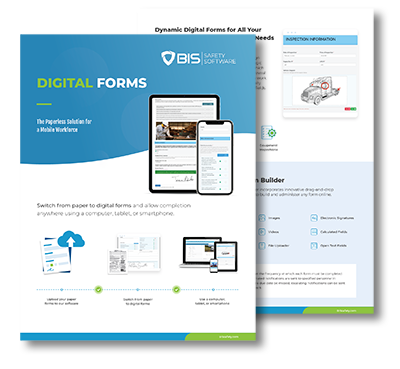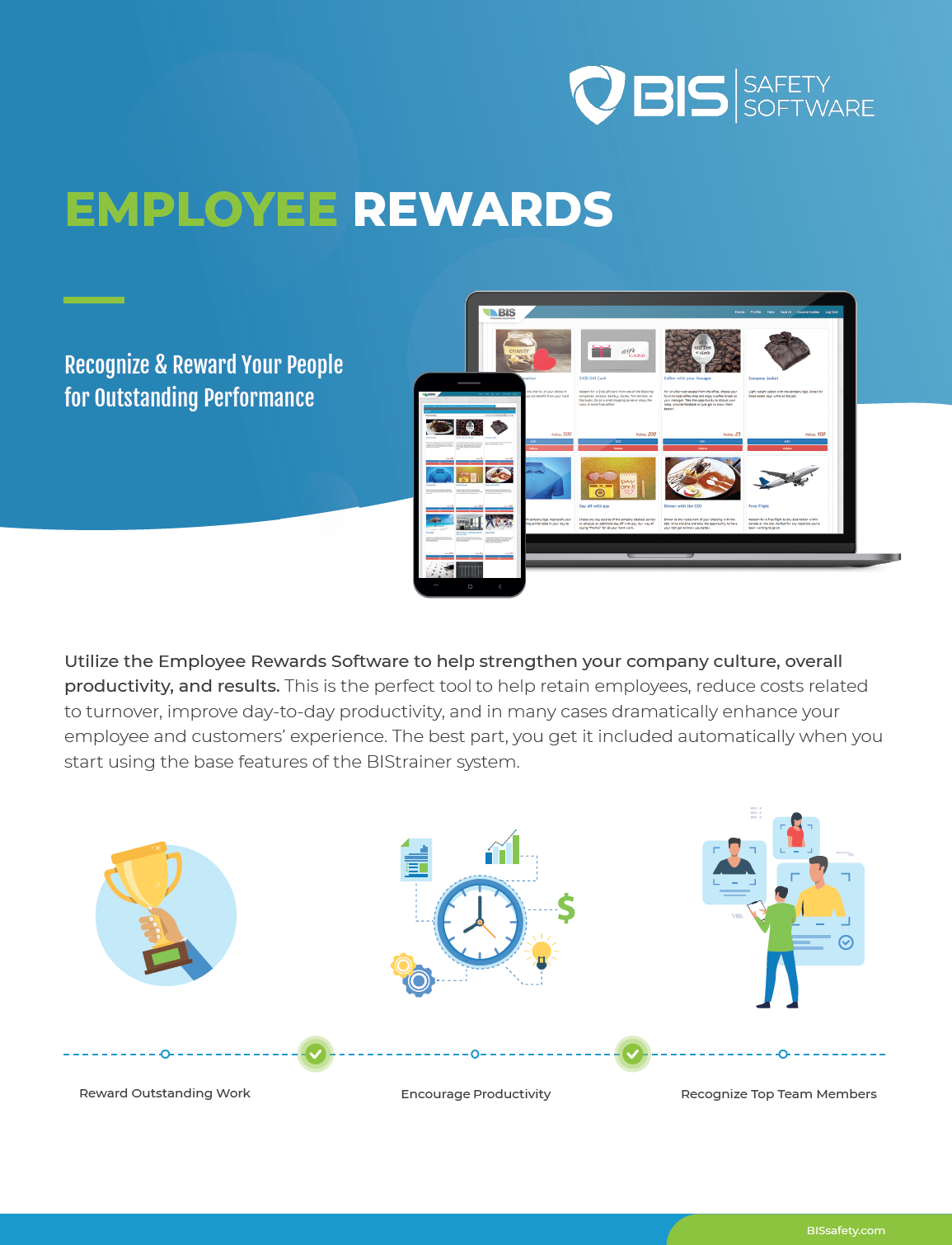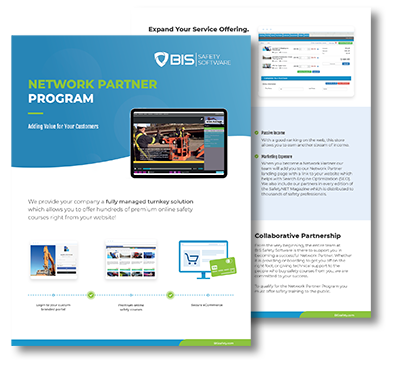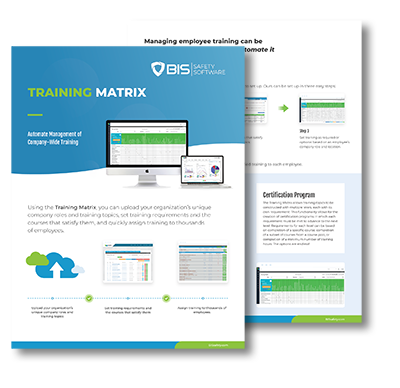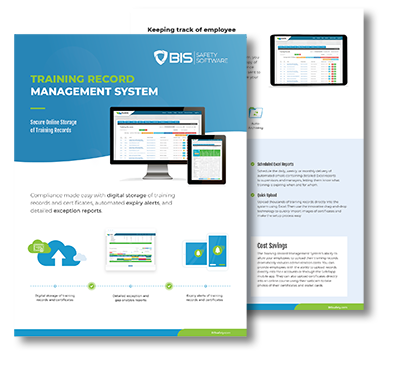
Risk Assessment Software: Your Essential 2025 Safety Guide
What Exactly Is Risk Assessment Software?
Risk assessment software is a digital tool designed to help organizations quickly identify, assess, and manage workplace hazards. By simplifying and automating processes traditionally handled manually, this software makes hazard management more efficient and accurate. It also encourages proactive safety practices and helps ensure regulatory compliance.
With workplace rules becoming more complicated and hazards increasingly diverse, organizations have turned to risk assessment software as a crucial safety resource. Whether your team manages chemical safety at industrial sites or fall prevention in construction projects, these platforms offer clarity, consistency, and accountability throughout your safety processes.
Why Are Companies Turning to Risk Assessment Software?
A recent Gartner survey revealed companies are moving from manual systems to risk assessment software due to:
- Inefficiencies in manual risk management methods (43%)
- Limitations of older assessment tools (36%)
- Opportunities to expand and improve business operations (9%)
Today’s risk assessment software provides clear visibility into hazards, streamlined workflows, and timely insights, helping safety professionals respond faster and more effectively. It’s not simply about efficiency—it’s about making hazards actionable and manageable. Additionally, cloud-based tools offer easy access, connecting teams wherever they’re working, from field technicians to management.
5 Crucial Features for Effective Risk Assessment Software
Selecting the right risk assessment software means understanding essential capabilities, rather than picking based on popularity. Here are five important features:
- Instant Hazard Updates
Risk never stands still. Choose software that provides immediate hazard notifications and keeps your team updated as risks evolve. - Customizable Risk Assessment Templates
Your hazards and risks are unique. Look for software offering customizable templates that align closely with your team’s procedures. - Automated Task Reminders and Notifications
Good software doesn’t just identify risk—it ensures follow-up by automating reminders, alerts, and escalating tasks as needed. - Offline Access Capability
Teams working remotely or in areas without reliable connectivity need offline-enabled tools. Risk assessment software should sync assessments automatically once reconnected. - Compliance and Audit Tracking
Audit readiness is critical. Choose software that automatically generates detailed, audit-ready reports and maintains accurate records to help you meet regulatory demands.
“It’s not just about tracking hazards. The right platform helps us act quickly and confidently.”
— U.S. Safety Director, Manufacturing
Implementation That Actually Works
Buying software is easy. Making it work? That’s where leaders stand out.
Successful safety programs don’t just install new tools—they embed them into daily routines. Clear SOPs, hands-on training, and mobile-friendly features are key to getting full team buy-in.
Track metrics like resolution time, issue recurrence, and team engagement to gauge real results—and continuously adapt your setup to match evolving safety needs.
Why Now Is the Time to Invest
In today’s fast-changing safety landscape, risk assessment software is indispensable. It streamlines compliance efforts, speeds up responses to hazards, and promotes a proactive approach to workplace safety.
Implementing a well-chosen platform effectively transforms your organization’s risk management approach, enhancing safety performance and empowering your teams to stay ahead of potential hazards.





